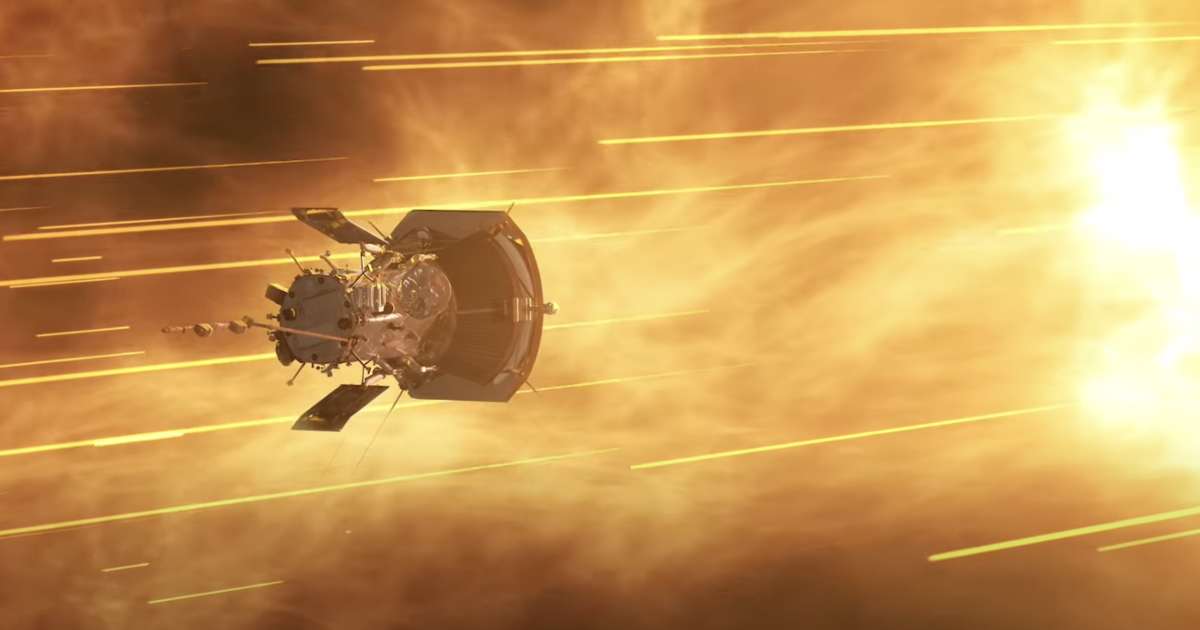A NASA solar probe recently achieved a remarkable feat by flying “gracefully” through a powerful eruption from the sun. The agency announced this groundbreaking accomplishment, which helped confirm a theory that has been discussed for decades. Not only did the spacecraft survive the journey, but it also managed to capture video footage of this rare event.
According to a news release from NASA, the Parker Solar Probe flew through a coronal mass ejection on September 5, 2022. The probe’s cameras recorded its swift passage through the eruption, providing scientists with valuable visual evidence.
NASA hailed the probe’s survival as an impressive engineering feat and a monumental breakthrough for the scientific community. The mission marked the encounter with one of the most powerful coronal mass ejections ever recorded.
Coronal mass ejections, also known as CMEs, are explosive releases of plasma from the sun’s outer atmosphere. These events can cause space weather that poses risks to satellites and disrupts communication and navigation systems. In extreme cases, powerful CMEs can even disrupt power grids on Earth, as noted by NASA.
“Like a vacuum cleaner”
Scientists have long theorized about the interaction between coronal mass ejections and interplanetary dust, which consists of particles from asteroids, comets, and other celestial bodies. This theory was initially proposed in a paper published in 2003. Guillermo Stenborg, an astrophysicist at the Johns Hopkins Applied Physics Laboratory (APL), and the lead author of a paper discussing the findings of the Parker Solar Probe, confirmed that the probe observed this exact phenomenon. Studying the patterns of dust from a distance is challenging, but the probe provided a unique opportunity for investigation.
Stenborg stated, “These interactions between CMEs and dust were theorized two decades ago but had not been observed until Parker Solar Probe viewed a CME acting like a vacuum cleaner, clearing the dust out of its path.” According to NASA, the CME observed by the probe displaced the dust up to about 6 million miles from the Sun, although the dust was rapidly replenished.
Understanding the dynamics between CMEs and space dust can enhance scientists’ ability to predict the speed at which CMEs travel from the sun to Earth. This knowledge can lead to more accurate forecasts of their arrival. The Parker Solar Probe, humanity’s first mission to a star, will continue its exploration of the sun’s atmosphere. Launched in 2018, the probe approaches closer to the sun’s surface than any previous spacecraft.
Denial of responsibility! Vigour Times is an automatic aggregator of Global media. In each content, the hyperlink to the primary source is specified. All trademarks belong to their rightful owners, and all materials to their authors. For any complaint, please reach us at – [email protected]. We will take necessary action within 24 hours.




